Cloud cost optimization is an important part of business technology because it helps companies grow, come up with new ideas, and stay competitive. However, as cloud use increases, inefficient use, poor governance, and lack of visibility can lead to skyrocketing prices.
To effectively manage cloud costs without affecting performance, you need to take a strategic and practical approach to optimizing cloud costs. This article presents actionable strategies to help businesses reduce cloud spending while maintaining performance and supporting growth.

Cloud cost optimization is all about managing how much your company spends on cloud services. This focuses on avoiding unnecessary costs, and ensuring spending matches the value the business gets. The goal is to keep cloud costs within your company’s budget while still meeting performance needs.
Unlike traditional on-site infrastructure, cloud services allow businesses to quickly adjust resources, scaling up or down as needed. This flexibility leads to overspending if too many resources are used or if resources are not fully utilized. By optimizing cloud costs, companies can make the most of cloud services, balancing both cost and performance to achieve the best results.
As companies persist in embracing cloud platforms, overseeing cloud expenses grows more important. That is why ineffective management leads to financial inefficiencies or wasted spending. Here are the following several key reasons underscore the importance of cloud cost optimization:
Cloud spend can escalate significantly if not managed properly, especially with growing organizations adding new services. A startup that is on a no-frills plan for cloud services might be paying bigger fees—but costs could grow as they scale their infrastructure or pay for new offerings, like machine learning or big data.
A study showed that 35% of companies faced a 20% increase in cloud each year due to unmonitored resource usage. As businesses grow, resource adjustments are overlooked, leading to higher costs. Alibaba’s cloud computing services enable businesses to maintain a lower cost of services instead of scaling costs as they grow.
Cloud environments are becoming complex as businesses use services from different cloud providers, like a multi-cloud or hybrid strategy. This makes it harder to track costs across platforms. For example, a company using cloud services may face:
● Inconsistent pricing
● Extra data transfer fees
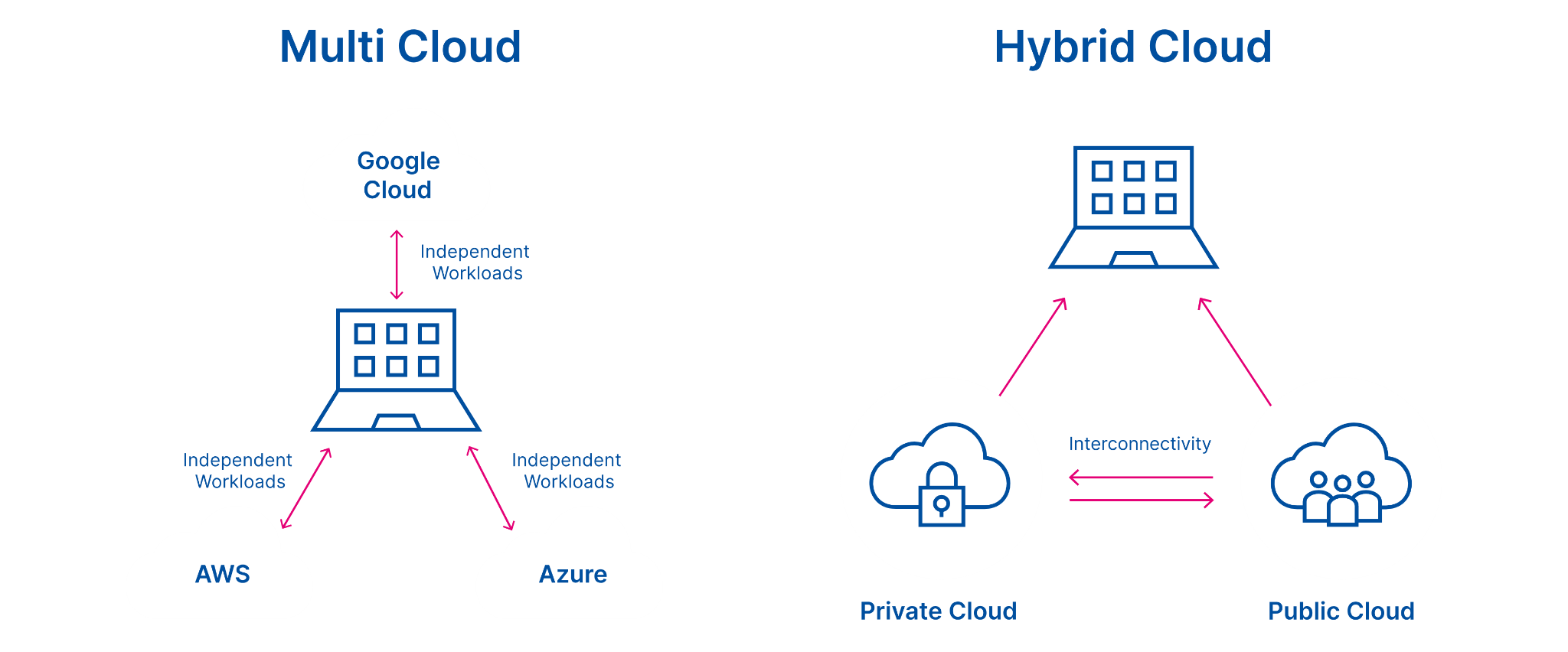
Balancing cloud performance and cost is vital for efficiency. For instance, an e-commerce website needs powerful servers during busy sales, but can save money by lowering during quieter times. A study found that 70% of organizations struggle to balance performance and cost, wasting money on resources.
If you want to meet the performance needs without overspending, using tools like:
● Auto-scaling: Automatically adjusts resources based on demand, reducing unnecessary costs.
● Spot instances: Temporary, low-cost cloud resources for non-critical workloads, saving money.

If cloud costs aren't managed well, companies may face financial problems when cloud spend exceeds budget forecasts. For example, a company using a lot of cloud-based software without setting cost limits could struggle to pay the high bills as growth continues. Similar to how conversion rate impacts ROI of campaigns, effective cloud cost management directly affects the return on your cloud infrastructure investment.A study found that 32% of businesses report cloud spend is more than 30% of the IT budget, which can affect long-term success.
Here are some of the main aspects of cloud optimization that businesses should focus on to reduce costs and improve efficiency:
Cloud pricing can be complicated, with different rates for the same services depending on the region or time. While cloud providers offer tools to track spending, these tools alone won’t stop overspending. Many organizations use AI document generators and PDF management tools to create and maintain their cloud cost documentation, making it easier to track and share cost optimization strategies across teams. Often, third-party services are needed for multi-cloud setups to help optimize costs.
Although cloud performance is crucial for smooth operations, it can be affected by network delays, bottlenecks, and the type of cloud service used. For instance, Virtual Machine (VM) resources have limits, whereas containers might perform better. Regularly testing application code before deployment is important to ensure it runs efficiently, helping improve overall performance.
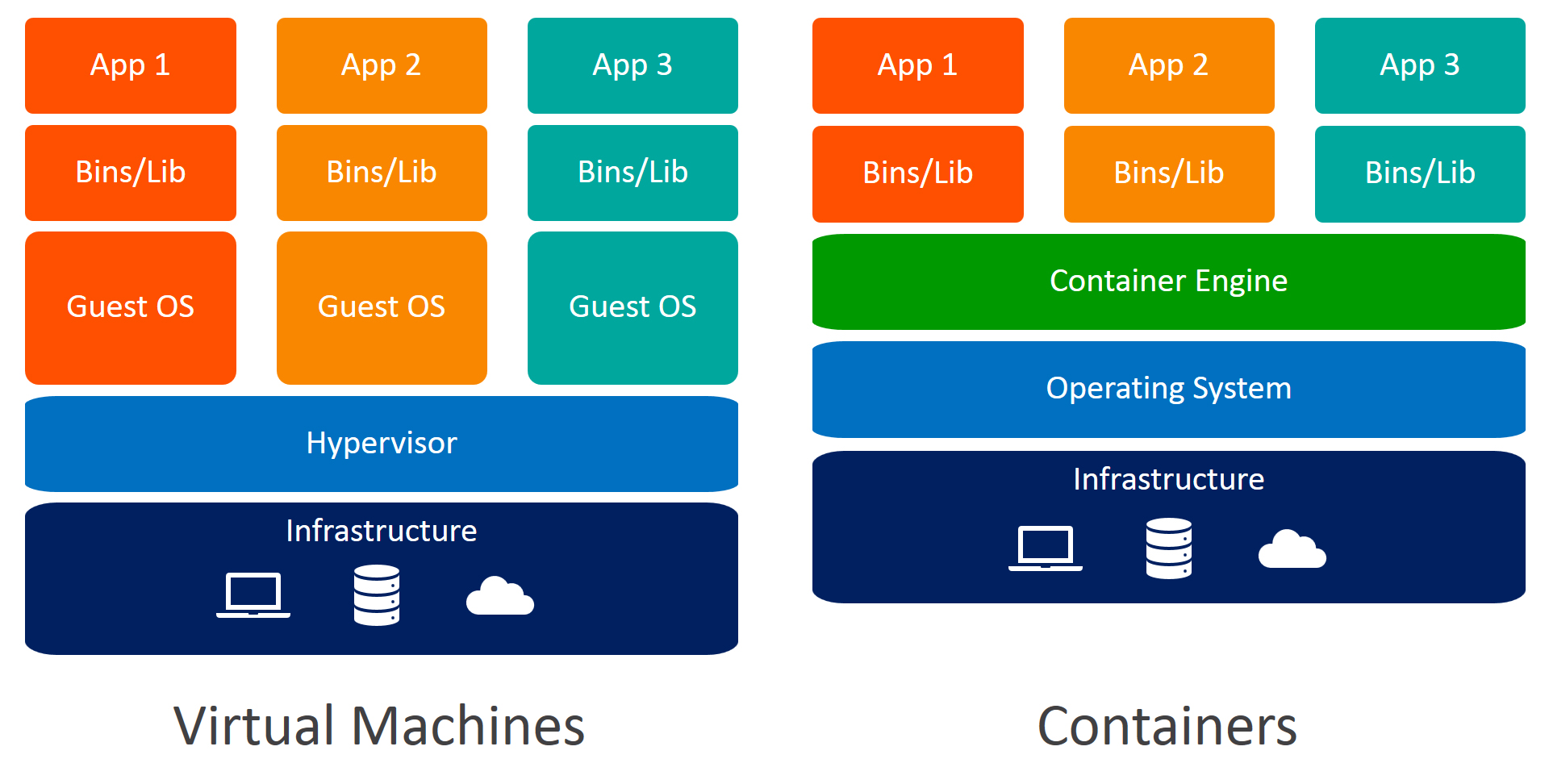
Knowing how to ensure cloud reliability is key to keeping services available. Remember, cloud hosting failures can cause downtime, so using redundancy strategies—like running multiple instances of workloads in different regions—helps keep things running successfully.
While this makes the system more reliable, it can also increase costs. To get the best results, it’s important to balance reliability with cost-saving goals. Third-party solutions that offer service level agreements (SLAs) across different clouds can also boost reliability.
Managing security in the cloud can be tricky because it’s hard to see everything in one place. So, it is important to use preventive measures, like reactive solutions, like DevSecOps practices, to stay protected. Furthermore, having systems in place to spot issues before they happen and respond quickly if they do is key to reducing risks in the cloud.

Using cloud cost optimization should be an ongoing process, not a one-time effort. Cost optimization should be integrated into the cloud strategy from the start, even before migrating workloads to the cloud. This allows businesses to track and manage costs as they scale, avoiding excessive spending.
Take a look at this following steps:
Now that you understand the importance of cloud cost optimization, you will now investigate the practical tactics to lower cloud expenditure while maintaining efficiency.
Cloud costs can increase as a result of healthy business growth, like expanding the user base or adding new features. But, these increases are fueled by poor cloud usage practices—referred to as "unhealthy" growth. In order for you to manage the cloud costs effectively, companies need to differentiate between healthy and unhealthy growth. Here are strategies to prevent unhealthy growth include:
● Effective Tagging and Reporting: Tracking to identify over-allocated or unused resources.
● Establishing Financial Controls: Allocate budgets for teams to ensure aligned cloud spending.
● Training Teams: Educate employees on cloud costs and resource optimization. There are many free online certifications and training programs available by major cloud providers.
These "no-regret" fixes are easy to implement and lead to savings. For example, releasing unused capacity by terminating resources that are incurring costs can make an impact. Optimizing service levels can reduce costs by aligning cloud services with application requirements, like switching from memory.
Also, tiering storage is another way to improve cost efficiency by using more cost-effective solutions where applicable. One organization achieved around 20%-30% savings by doing these adjustments. Companies should prioritize these fixes and scale them across teams to:
● Maximize results quickly
● Drive long-term cost reductions
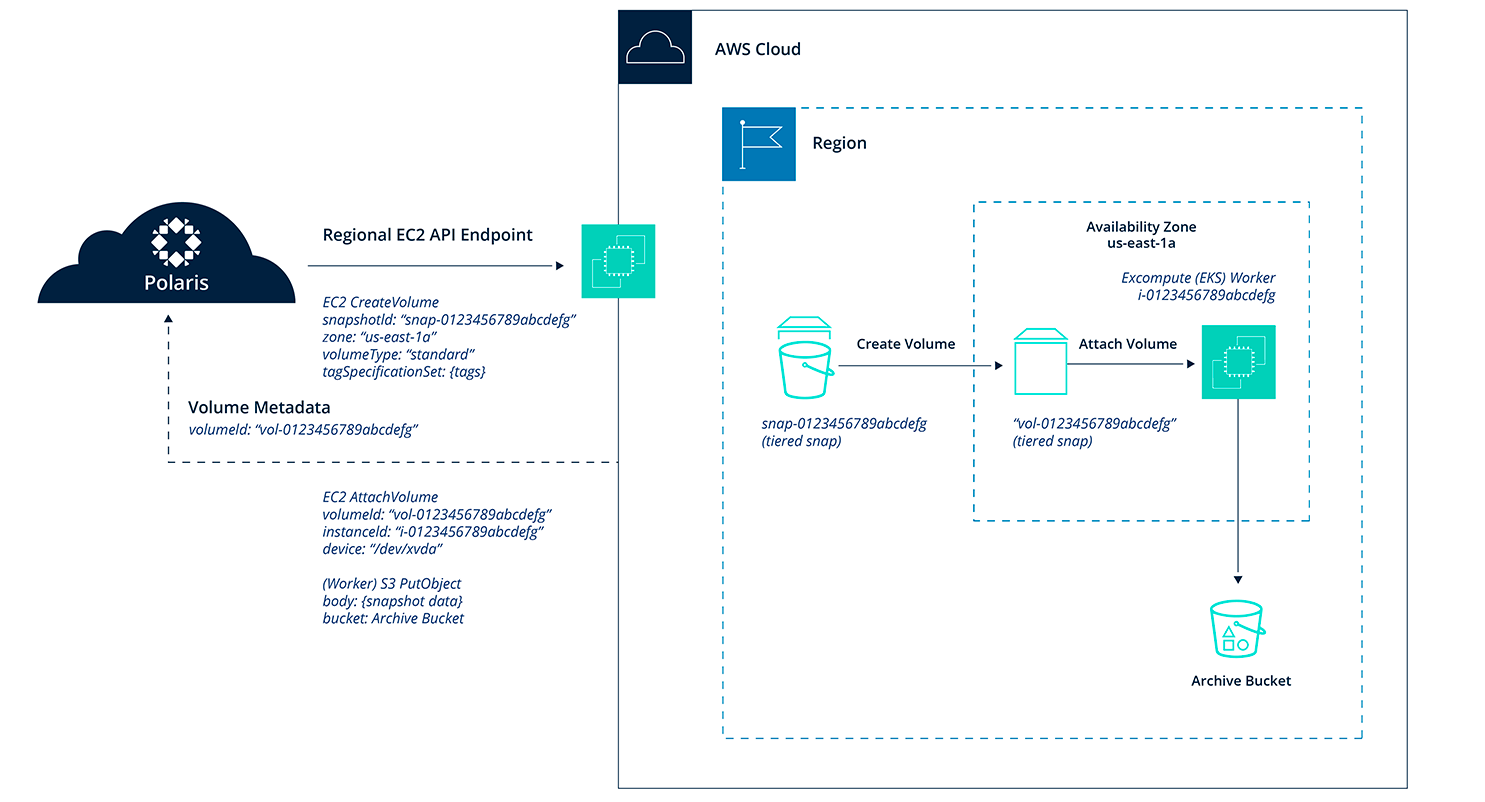
Cloud elasticity allows businesses to scale resources based on demand, so you only pay for what you use. However, many companies don’t fully utilize this feature, leading to wasted resources.
For instance, a retail company can reserve more cloud storage than needed for seasonal sales. Instead, by using on-demand resources, the company could always adjust the storage based on real-time demand, saving costs.
To unlock the full potential of cloud elasticity:
● Collaborate with engineering teams to automate cloud resource scaling efficiently.
● Implement containerization to enhance flexibility and improve workload efficiency.
● Avoid reserving excessive resources; use on-demand resources instead.
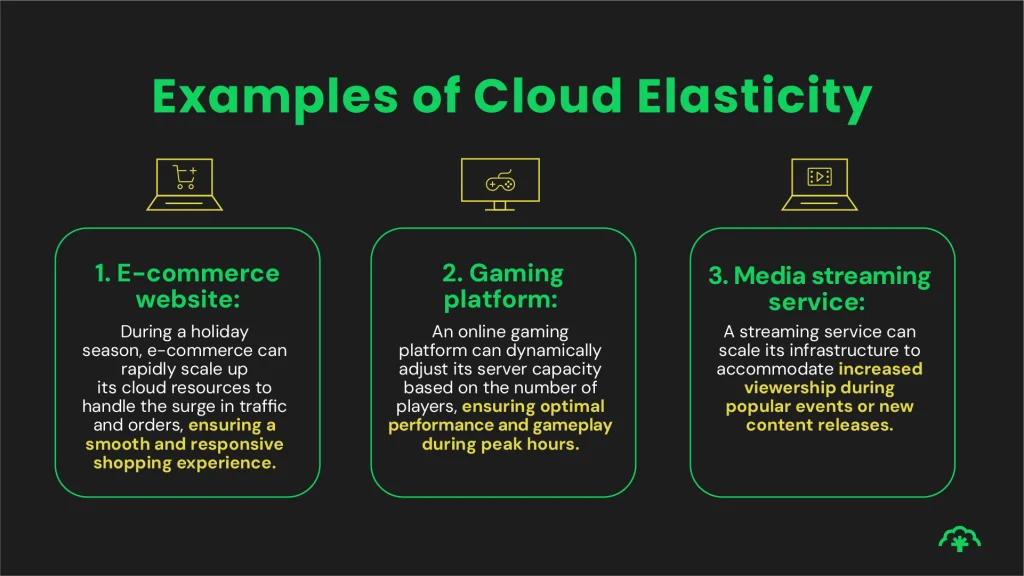
Some cloud providers often lock companies into long-term contracts with minimum spending commitments. These agreements can become problematic if business needs change or if cloud spending exceeds forecasts. For instance, a company signs a 3-year cloud contract with a minimum spending commitment of $50,000 per year.
After a year, the company’s cloud usage decreases due to a shift in business needs, but the company is still required to meet the $50,000 minimum. To avoid this, it’s crucial to review and renegotiate vendor contracts regularly. Here’s how:
● Start renegotiating cloud contracts 12–18 months before expiration for flexibility.
● Explore options that adjust commitment levels based on market conditions.
● Leverage increased cloud usage to secure better pricing or credits.
Many businesses assume that stopping cloud migrations saves money, but on-premise data centers often have higher ongoing costs for maintenance, staffing, and upgrades. Thoughtful cloud migrations can boost efficiency and reduce these costs.
For instance, a company can consider moving its customer relationship management (CRM) software to the cloud. Instead of just shifting it as-is ("lift and shift"), the company refactor it to optimize performance and reduce resource use, resulting in lower costs and better scalability.
Here are some two tips:
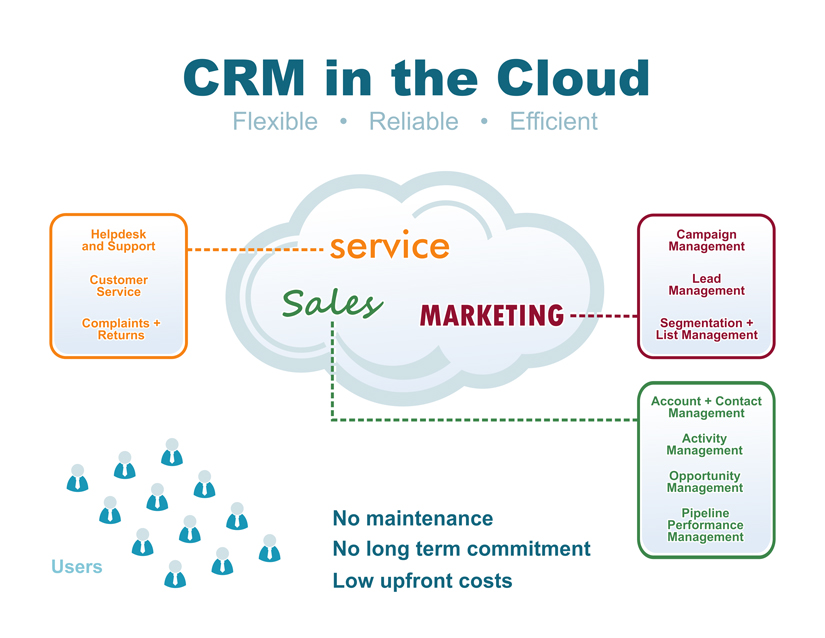
As cloud adoption grows, organizations must control costs while maintaining performance and flexibility. Strategies like preventing unhealthy growth, simplifying fixes, unlocking elasticity, revisiting vendor agreements, and continuing targeted migrations can reduce cloud expenses. These practices improve cost control, minimize wastage, and ensure businesses only pay for the resources used.
By prioritizing cloud cost optimization, businesses can secure better deals, reduce long-term expenses, and improve operational efficiency. Additionally, those who optimize cloud costs will be well-positioned to thrive in the digital economy. Don’t let rising cloud costs hold your business back—discover how cloud cost optimization can unlock new opportunities for growth.
https://edgedelta.com/company/blog/how-many-companies-use-cloud-computing-in-2024
https://www.google.com/url?q=https://m.digitalisationworld.com/news/63947/70-of-organisations-struggling-to-innovate-due-to-inability-to-use-data-effectively&sa=D&source=docs&ust=1737041604979439&usg=AOvVaw2GThv5-Sn4R-0ekVzy3HXC
https://spot.io/resources/cloud-cost/cloud-cost-optimization-15-ways-to-optimize-your-cloud/#:~:text=Optimization%20aims%20to%20reduce%20costs,cloud%20pricing%20and%20service%20options.
https://spot.io/resources/cloud-optimization/cloud-optimization-the-4-things-you-must-optimize/
https://www.google.com/url?q=https://www.cloudzero.com/blog/cloud-computing-statistics/&sa=D&source=docs&ust=1737041668344248&usg=AOvVaw1C2e-isbGkZp8g6H80ParS
https://www.mckinsey.com/capabilities/mckinsey-digital/our-insights/more-for-less-five-ways-to-lower-cloud-costs-without-destroying-value
https://www.cloudkeeper.com/insights/blog/cloud-cost-savings-definitive-guide-proven-strategies-best-practices-hacks

Ali Ali is a content marketer at Aura.com and blogger at alisquared.co. When he is not writing about IT topics, he enjoys spending time with family and friends and hiking across the midwest. He can be reached at ali@alisquared.co.
Disclaimer: The views expressed herein are for reference only and don't necessarily represent the official views of Alibaba Cloud.
Hybrid Work Infrastructure: Cloud Solutions for the New Normal
Nick Patrocky - March 7, 2024
Alibaba Cloud Community - October 31, 2024
Alibaba Cloud Data Intelligence - September 6, 2023
ApsaraDB - March 26, 2024
XianYu Tech - August 6, 2020
Apache Flink Community - May 7, 2024
 Function Compute
Function Compute
Alibaba Cloud Function Compute is a fully-managed event-driven compute service. It allows you to focus on writing and uploading code without the need to manage infrastructure such as servers.
Learn More Big Data Consulting for Data Technology Solution
Big Data Consulting for Data Technology Solution
Alibaba Cloud provides big data consulting services to help enterprises leverage advanced data technology.
Learn More ID Verification
ID Verification
A digital ID verification solution to provide highly secure, convenient, and flexible remote ID verification
Learn More Hybrid Cloud Solution
Hybrid Cloud Solution
Highly reliable and secure deployment solutions for enterprises to fully experience the unique benefits of the hybrid cloud
Learn More